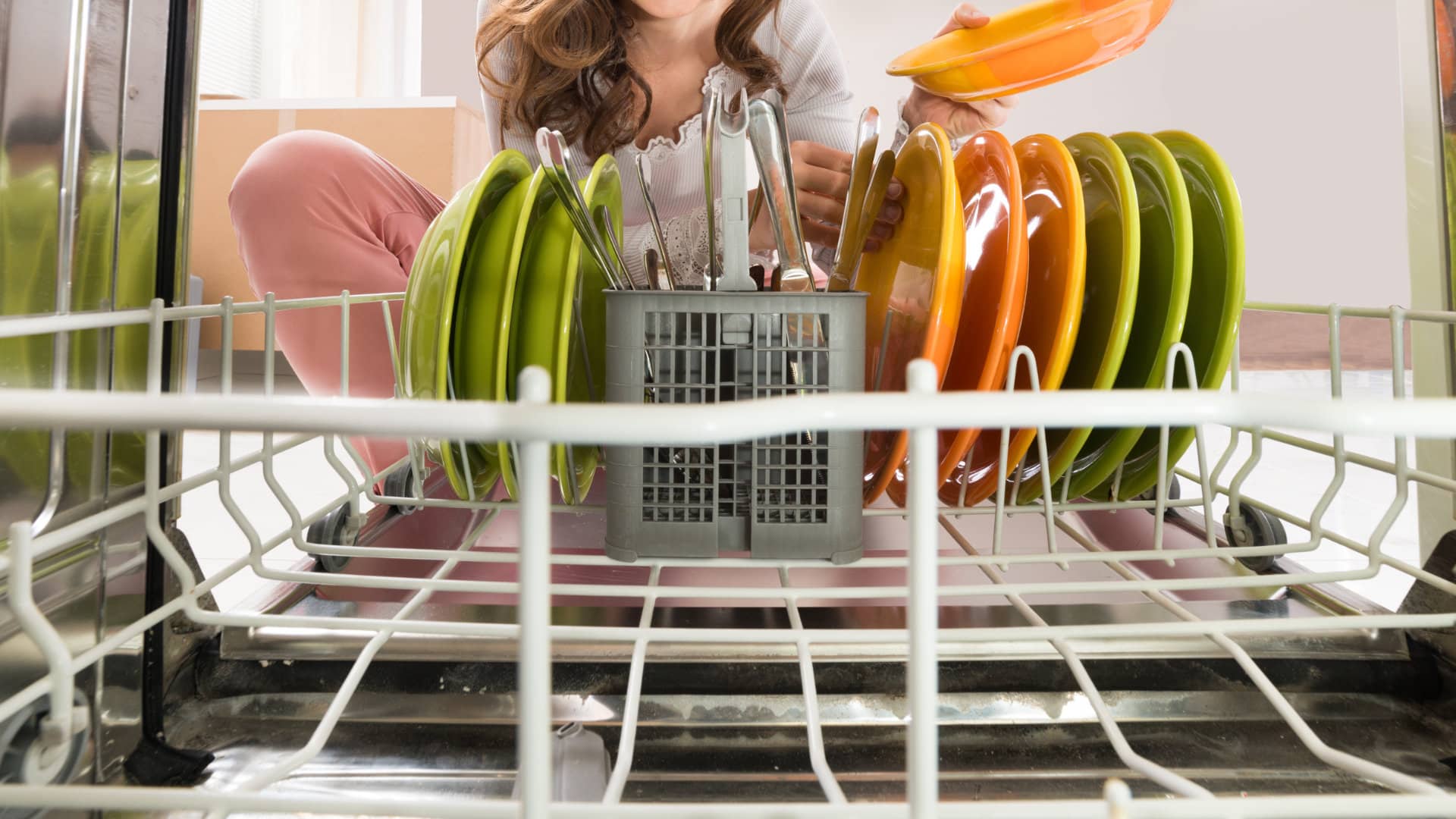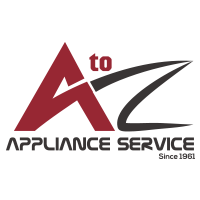
Opening the washer to find the clothes are still wet after the spin cycle can come as a shock. Why are the clothes still wet? Well, this issue is either caused by the load not being able to spin fast enough or water not being able to drain, so it ends up back in the tub resoaking the clothes. If you are lucky, adjusting the washing load or changing detergents will solve the problem. If there is a blockage or faulty part, fixing the issue will require opening up the washer to access parts like the drain hose and drain pump.
Perform the checks below to fix your washer.
1. Make Sure to Balance the Load
One of the most common, and easiest to fix, is when the washer cannot reach the spin speeds it needs to remove water from the clothes. This is often caused by the load being unbalanced. The issue often occurs when washing bulky items like blankets or towels. When washing these items, you need to make sure, usually by adding or removing an item, that the load will stay balanced and not end up on one side of the tub. The load can also become unbalanced if there are either too few items or too many items. When the washer is unbalanced, it will not be able to spin properly, which causes the clothes to still be wet at the end of the cycle.
2. Make Sure You Are Using the Right Detergent
It is important to check the detergent that your washer should be using. If you have a high-efficiency (HE) washer, it will require an HE detergent. HE detergents prevent suds from forming, which adds extra moisture to the washing load. Even if you do not have an HE washer, using an HE detergent may prevent the clothes from still being wet when they come out of the washer.
3. Check That the Washer Is Level
If your washer has been moved recently, it may not be sitting level on the floor. If the washer is not level, it affects the washer’s ability to spin correctly. The easiest way to check the washer is not tilting to one side is to use a leveling tool. If the washer is not level, the washer’s feet should be adjusted to make it level.
4. Make Sure the Drain Hose Is Not Clogged
If clothes are still wet because the washer cannot drain properly, the first component to check is the drain hose.
- Make sure the drain hose is not kinked or pinched.
- Make sure the drain hose is installed correctly according to the washer’s specifications, e.g., not too high or too low.
- Check that the drain hose is not clogged.
The drain hose can be checked for a blockage by disconnecting it from the washer at the rear of the machine. On most models, it can be unscrewed, or pliers can be used to remove the clamp that secures it. Often, running water through the drain hose will be enough to clear it. However, the hose can also be unblocked with a drain snake tool or washed with a mixture of hot water and baking soda. If the drain hose is old, consider replacing it with a new one.
5. Check the Drain Pump
If the drain hose is not blocked, a defective drain pump may be causing the issue. A small object, article of clothing, or damaged impeller could be causing the pump to fail mechanically. If the impeller is not damaged and the pump is not being obstructed, it may have failed electrically.
Some washers will have a drain pump access panel on the front of the washer. If your washer does not have a drain pump access panel, you will need to remove the back access panel or put the washer on its back to access the drain pump underneath.
If the pump does not appear to have any damaged components and is free of obstructions, the pump may have failed electrically. You can use a multimeter to determine if the drain pump motor has continuity (a continuous electrical path present in the motor). If the motor tests negative for continuity, the pump will need to be replaced.
Follow these steps to check the drain pump:
- Disconnect the washer from the power source.
- Disconnect the water supply to the washer.
- On a front-loader washer, remove the rear access panel. For a top-loader washer, first, secure the lid with tape so that it will not open. Then, lay the washer on its front to access the drain pump underneath the washer.
- Disconnect the drain pump wire connector.
- Use pliers to release the clamps that secure the drain hose to the pump. Remove the drain hose.
- Use a 5/16 inch socket to remove the drain pump mounting screws.
- Remove the pump from the washer.
- Check the pump for damage or obstructions.
- Test the pump for continuity with a multimeter. If there is no continuity, replace the drain pump.
6. Check the Drive Belt (if It Has One)
If your washer has a belt that spins the tub, the belt may be worn, loose, or stretched, which stops the washer from effectively rotating the load. Accessing the drive belt on a top-loader washer may require removing the washer’s cabinet. The control panel may also need to be removed. If you have a front-loader, the top panel may need to be removed, as well as the back panel to access the drive belt.
Follow these steps to check and replace the drive belt:
- Unplug the washer from the power source.
- Turn off the water supply to the washer, and disconnect the hoses to provide easier access to the rear washer panel.
- Access the drive belt.
- Check that the drive belt is secure and not damaged. You can check if the belt is too loose by pressing down on the belt with your thumb. If you can easily get more than half an inch, it is not tight enough. Depending on the condition of the belt, you should replace it or tighten it by tightening the mounting nut.
- If you decide to replace the drive belt, turn the tub drive pulley, and the belt should fall off.
If you have checked the components above, but the issue still persists, it is probably time to call a trained technician to further troubleshoot the issue.
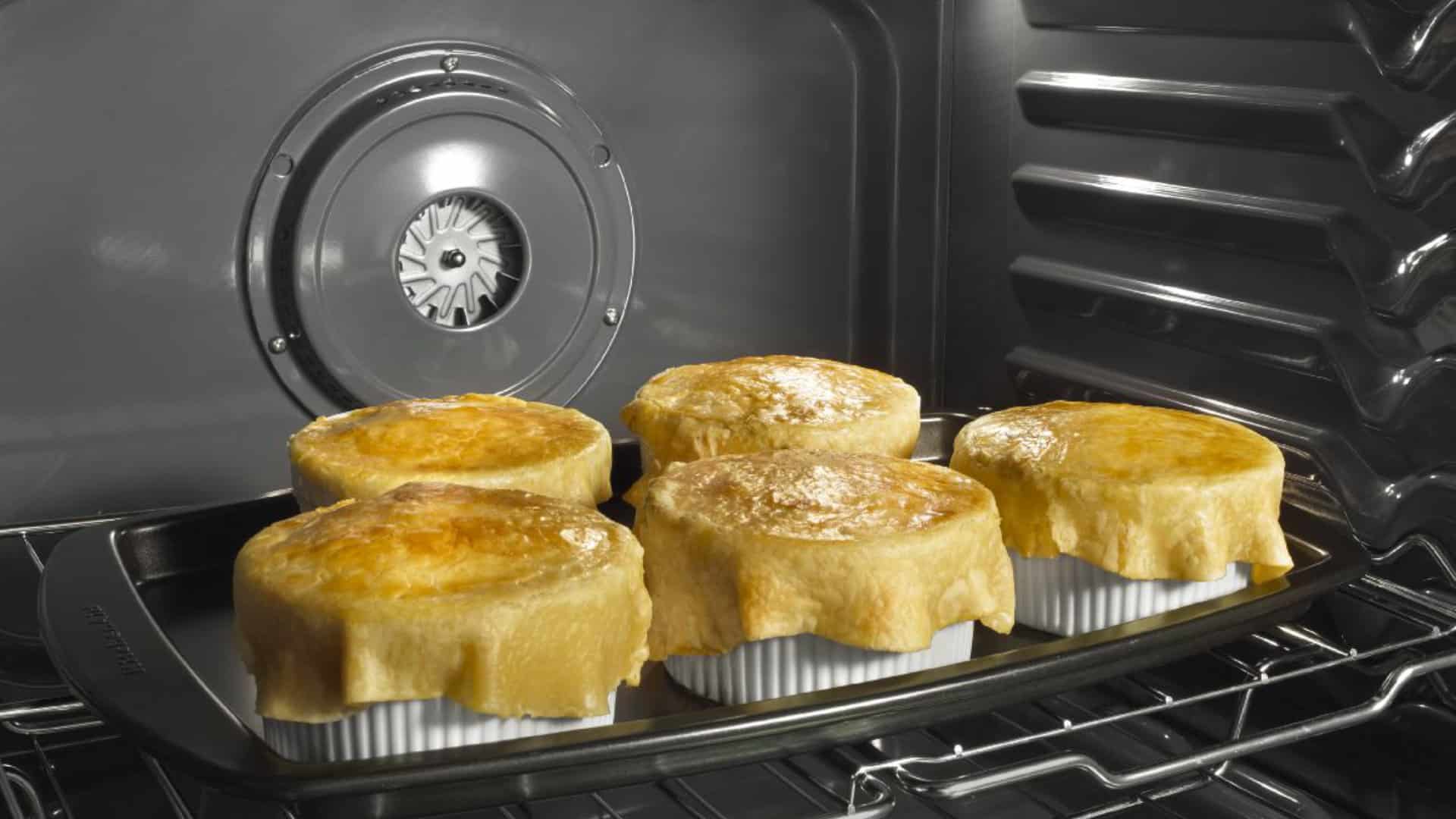
How to Fix Whirlpool Stove F9 Code

Fix Whirlpool Duet’s F20 Error Code
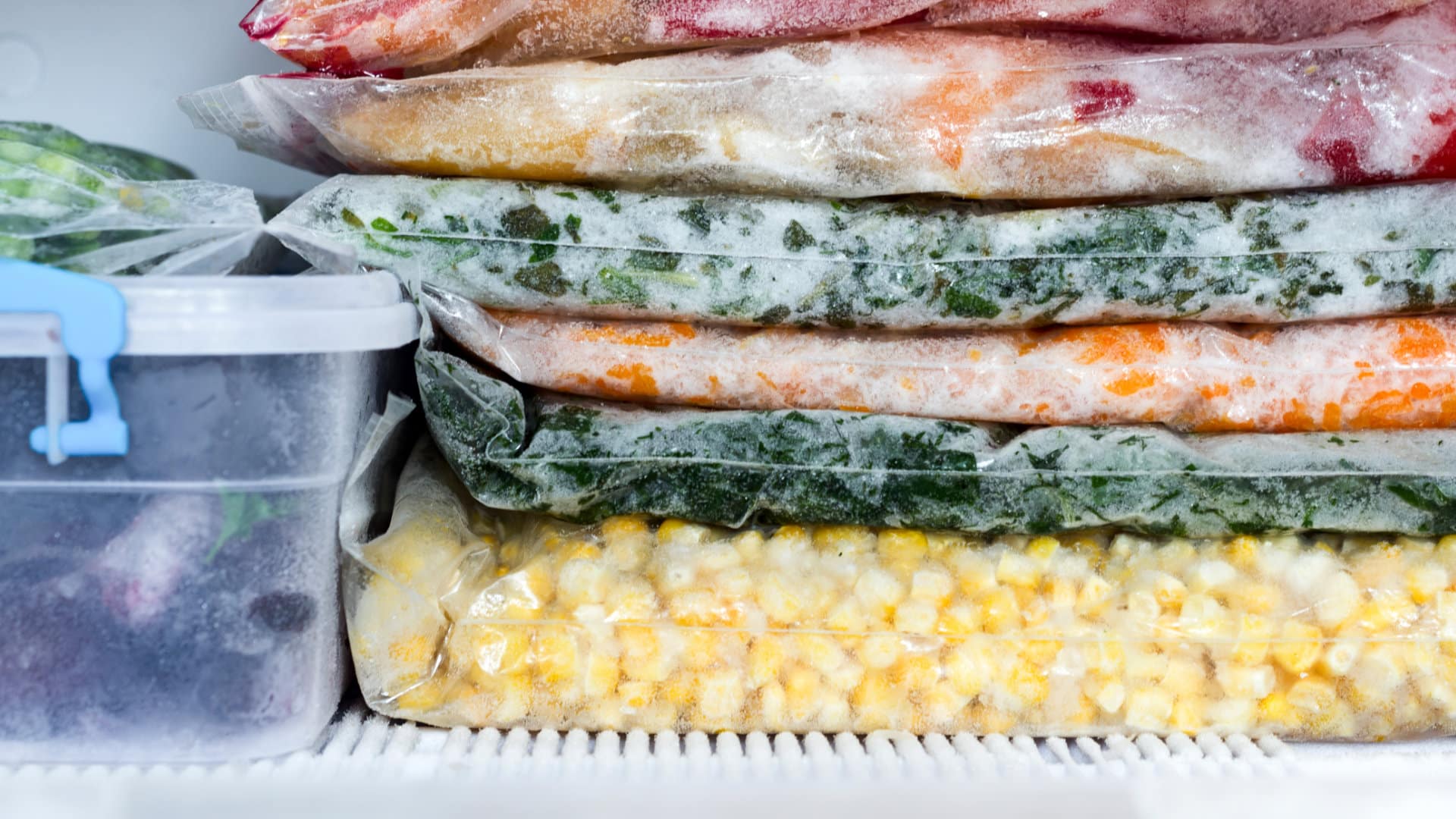
Freezer Working But Not Fridge? 5 Fixes

Speed Queen Washer Error Codes Explained

7 Reasons Why Your KitchenAid Ice Maker Isn’t Working

LG Oven F9 Error: Here’s How to Fix It
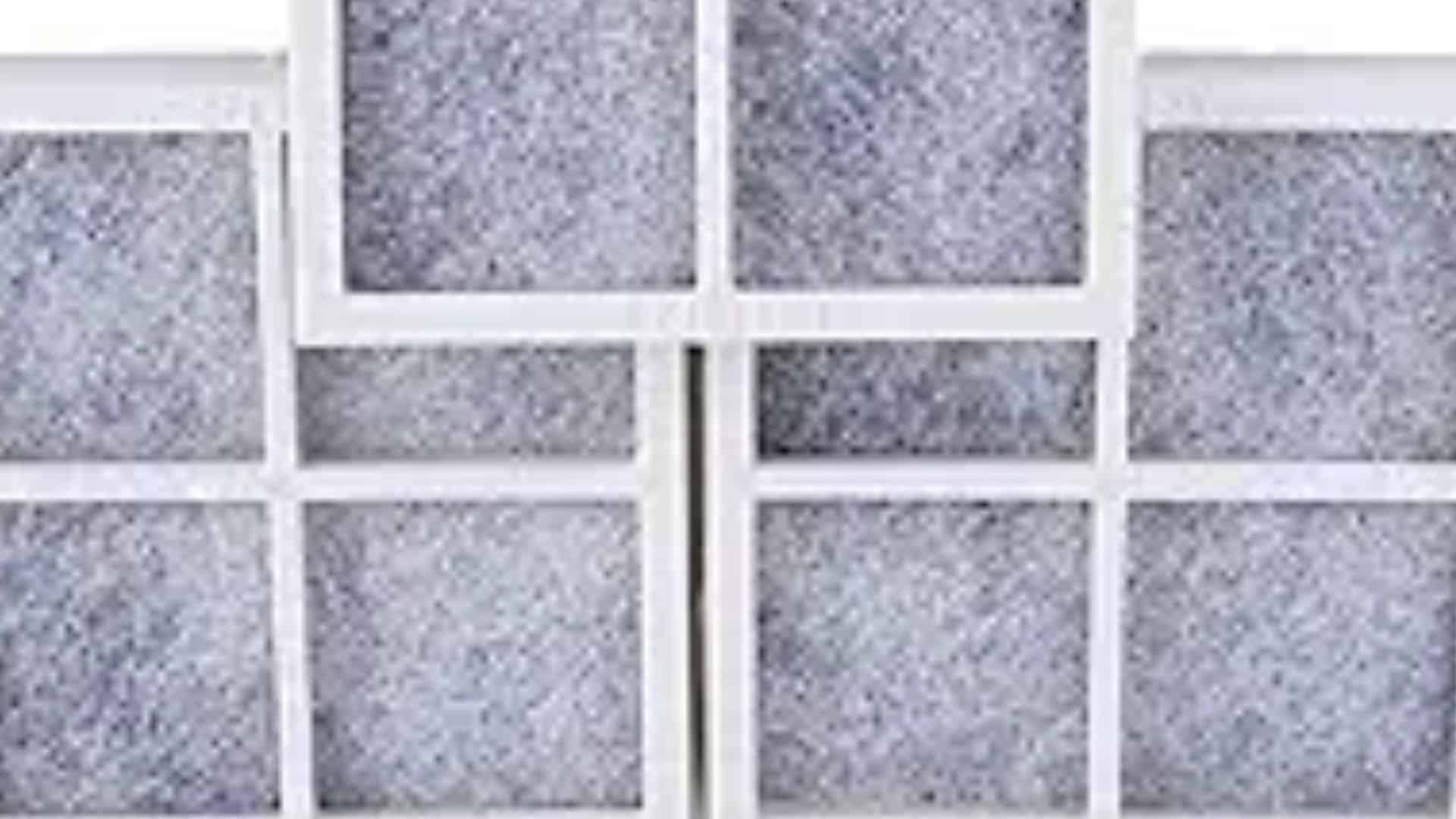
How to Replace an LG Refrigerator Air Filter
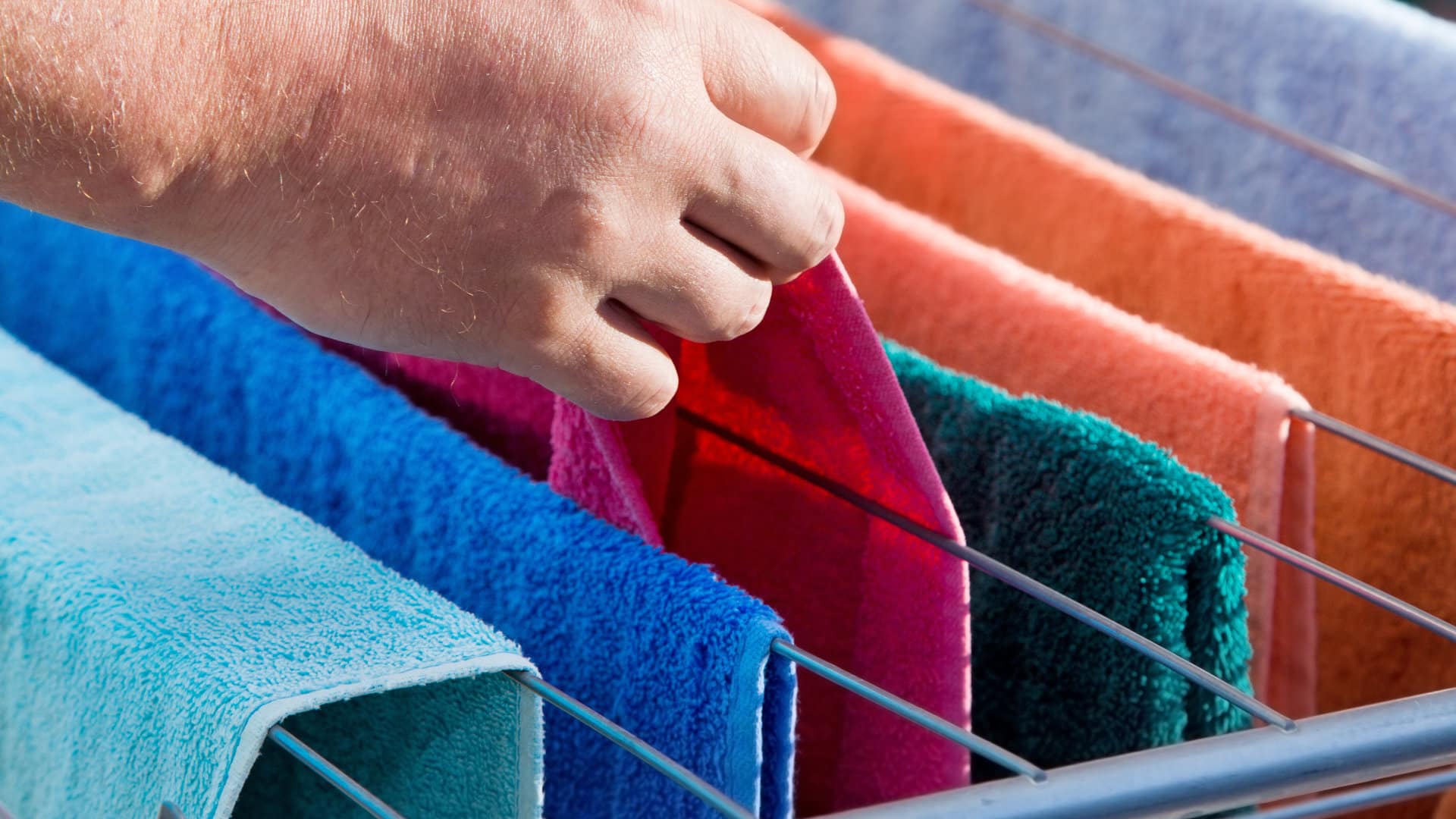
What Do Dryer Sheets Do?

How to Cook Corn on the Cob in the Microwave
